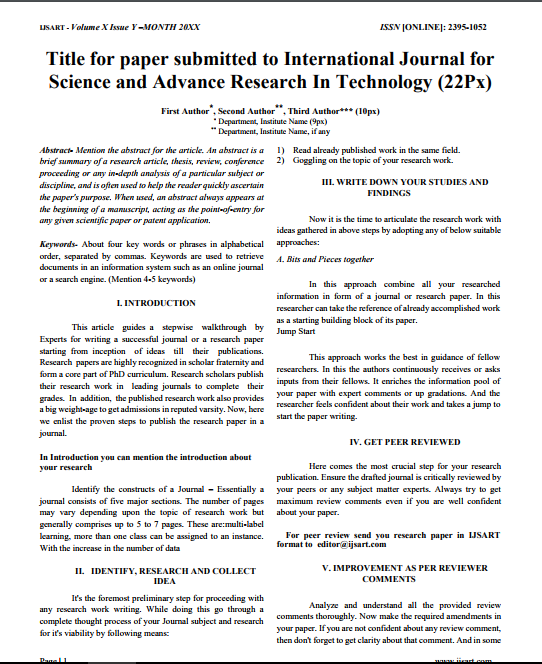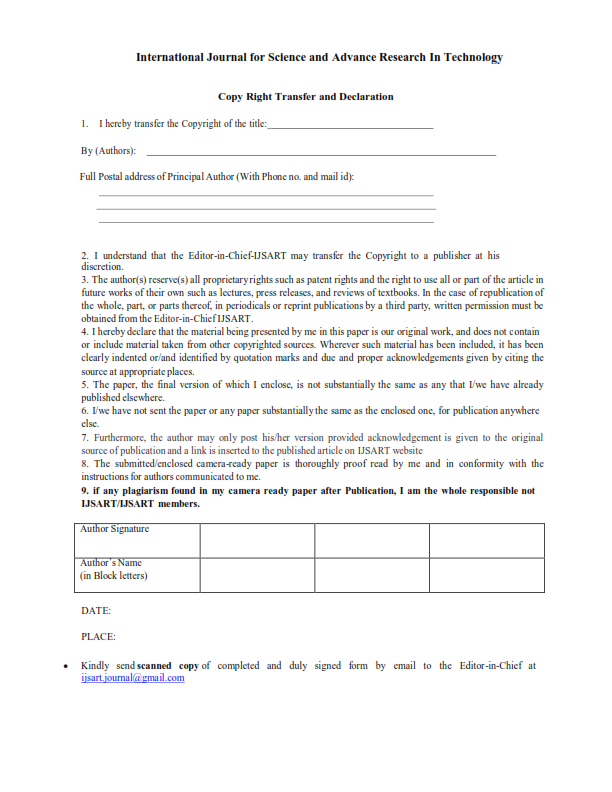Impact Factor
7.883
Call For Paper
Volume: 11 Issue 05 May 2025
LICENSE
A Numerical Study On Cavitation In Diesel Fuel Injector
-
Author(s):
Dr. E.S. Prakash | Yankana Gouda T | Raghavendra H | Ravi K
-
Keywords:
-
Abstract:
In Diesel Engines, The Internal Flow Characteristics In The Fuel Injection Nozzles, Such As The Turbulence Level And Distribution, The Cavitation Pattern And The Velocity Profile Affect Significantly The Air-fuel Mixture In The Spray And Subsequently
Other Details
-
Paper id:
IJSARTV2I73622
-
Published in:
Volume: 2 Issue: 7 July 2016
-
Publication Date:
2016-07-04
Download Article


